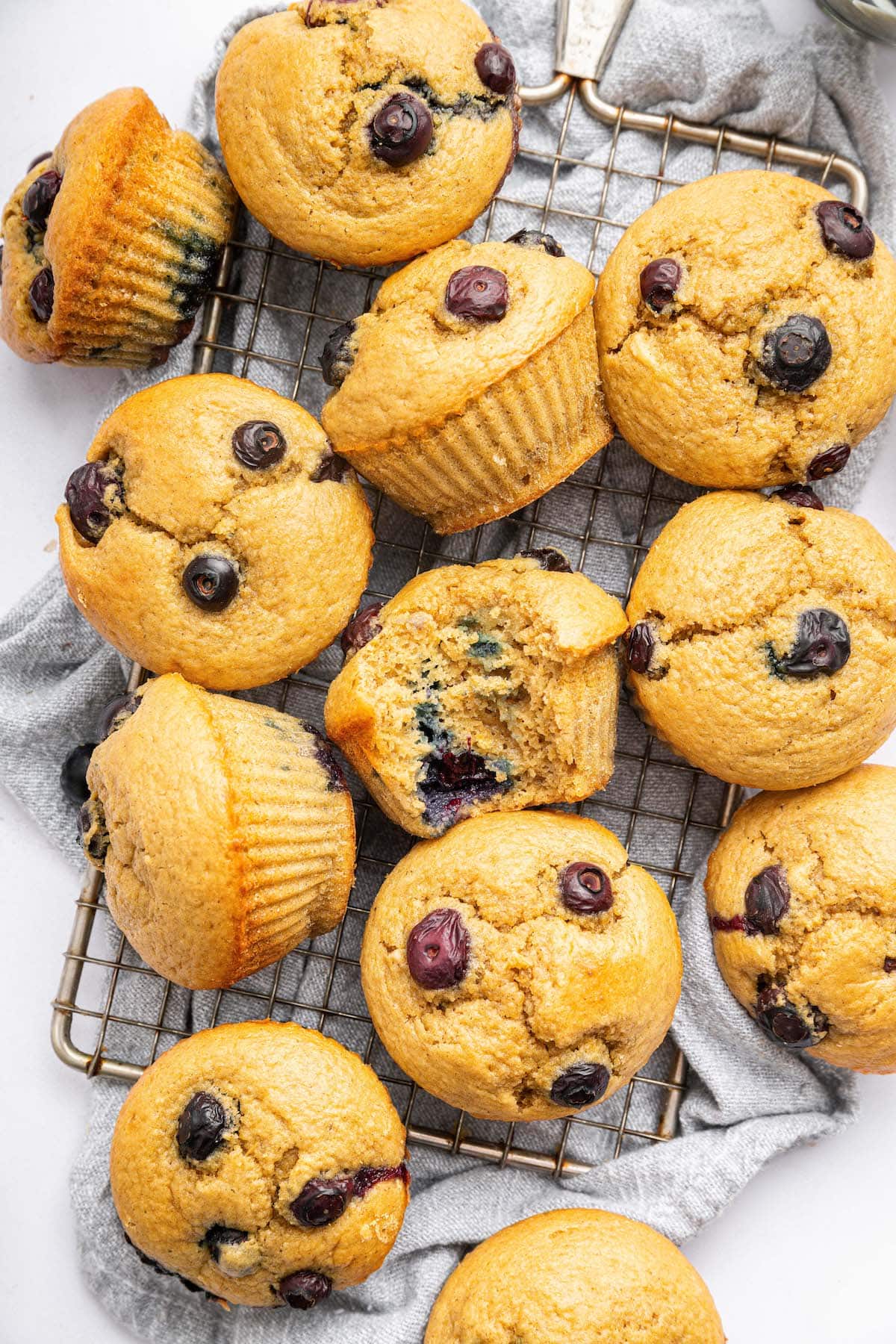Understanding the role of carbohydrates in our diet is crucial. Not all carbs are created equal, and the glycemic index (GI) is a valuable tool for differentiating between them. Low glycemic foods are essential for anyone looking to manage their blood sugar levels effectively. But why does this matter?
Carbohydrates, often vilified in the world of dieting, are actually a vital source of energy for our bodies. The key lies in selecting the right types—those that provide sustained energy without causing drastic spikes in blood sugar levels. Here, we explore the importance of low glycemic foods for maintaining balance and how they can be a delicious part of your daily diet.
The Role of Carbohydrates in Blood Sugar Regulation
Carbohydrates have a direct impact on our blood sugar levels. When we consume carbs, our bodies break them down into glucose, which enters the bloodstream. The glycemic index ranks foods based on how quickly this glucose is released. High GI foods cause rapid spikes, while low GI foods result in a more gradual increase, helping to keep blood sugar levels stable.
Carbohydrates are the primary fuel source for our bodies, providing the energy needed for everything from brain function to physical activity. However, not all carbs are created equal. The glycemic index (GI) is a measure that ranks foods on how they affect blood sugar levels. Foods with a high GI score cause blood sugar levels to spike rapidly, leading to energy crashes and can contribute to insulin resistance over time. On the other hand, low GI foods release glucose more slowly and steadily, offering better control over blood sugar levels and sustained energy.
Top Low Glycemic Carbs for Your Daily Diet
Quinoa: A Versatile Supergrain
Quinoa is a nutrient-dense, gluten-free grain that’s a staple for those looking to manage their blood sugar. With a GI score ranging from 53 to 55, it’s a fantastic source of complete protein, providing all nine essential amino acids. Quinoa is also rich in fiber, magnesium, B vitamins, iron, potassium, calcium, phosphorus, and vitamin E. Its versatility makes it easy to incorporate into meals at any time of the day.
Sweet Potatoes: Nature’s Sweetness
Sweet potatoes are a deliciously nutritious low GI alternative to their white counterparts, with a GI score of about 54. Rich in fiber, vitamins A, C, and B6, and minerals like potassium, they can help manage blood sugar levels while providing a sweet flavor. Sweet potatoes are incredibly versatile—baked, boiled, or steamed, they offer a nutritious boost to any meal.
Legumes: Protein-Packed Powerhouses
Legumes such as lentils, chickpeas, and black beans have a low GI score and are an excellent source of plant-based protein. They’re also high in fiber, which can slow down the absorption of sugar into the bloodstream, helping to regulate blood sugar levels. Including legumes in your diet can support heart health, weight management, and blood sugar control.
Whole Grain or Sprouted Grain Breads
Opting for whole grain or sprouted grain breads can be a healthier choice. These breads have a lower GI due to their high fiber and nutrient content. Sprouted grain bread, in particular, is made from whole grains that have begun to sprout, further reducing the bread’s GI and increasing its vitamins and minerals.
Legume-Based Pasta
Pastas made from lentils, chickpeas, or black beans are not only lower in GI but also higher in protein and fiber compared to traditional pasta. These alternatives offer a more blood sugar-friendly option that still satisfies your pasta cravings.
Quinoa or Whole Grain Pasta
For those who prefer the texture and taste of traditional pasta, choosing versions made from quinoa or whole grains can provide a lower GI alternative. These options are richer in nutrients and fiber, which helps moderate blood sugar levels.
Incorporating Low Glycemic Foods into Your Diet
Integrating low glycemic foods into your diet doesn’t have to be a daunting task. Start by swapping out high GI foods for their lower GI alternatives, such as replacing white rice with quinoa or regular potatoes with sweet potatoes. Incorporating more whole grains, legumes, fruits, and vegetables into your meals can also help manage blood sugar levels effectively.
Beyond Diet: Holistic Approaches to Managing Blood Sugar
Diet is just one piece of the puzzle when it comes to managing blood sugar levels. Regular physical activity, adequate hydration, and stress management play crucial roles in maintaining overall health and well-being. Exercise, in particular, can help improve insulin sensitivity, making it easier for your body to regulate blood sugar levels.
Introducing Sucra+: Your Ally in Blood Sugar Management
For those seeking additional support, Sucra+ offers a natural solution to complement a low glycemic diet. Formulated with ingredients like Guggul, Cinnamon, Gymnema Sylvestre, and Banaba Leaf, Sucra+ is designed to support natural insulin production, reduce glucose levels, and optimize blood sugar management. This blend of natural ingredients works synergistically to provide a holistic approach to maintaining healthy blood sugar levels.
The Science Behind Sucra+’s Formulation
Guggul: The Natural Insulin Supporter
Guggul has been used in traditional medicine for centuries to support metabolism and weight management. Recent studies suggest that it can also help induce the natural production of insulin, enhancing the body’s ability to manage blood sugar levels effectively.
Cinnamon: The Sweet Regulator
Cinnamon is not just a spice for flavoring; it has potent properties that can help reduce levels of glucose and triglycerides in the blood. Incorporating cinnamon into your diet, or through supplementation like Sucra+, can aid in maintaining balanced blood sugar levels.
Gymnema Sylvestre: The Blood Sugar Optimizer
Known as the “blood sugar optimizer,” Gymnema Sylvestre helps in reducing sugar cravings and supporting healthy blood sugar levels. It works by assisting in the regeneration of insulin-producing islet cells, potentially improving the body’s natural insulin production.
Banaba Leaf: The Natural Glucose Balancer
Banaba Leaf has been recognized for its blood-regulating properties. It contains corosolic acid, which can help lower blood sugar levels by enhancing glucose uptake by cells, thus playing a crucial role in blood sugar management.
Living Well with Sucra+
Incorporating Sucra+ into your daily routine, alongside a diet rich in low glycemic foods, can offer a comprehensive approach to managing blood sugar levels. Whether you’re looking to support your body’s natural insulin production, reduce glucose levels, or optimize overall blood sugar management, Sucra+ provides a natural, effective solution.
FAQs
What makes a carb “low glycemic”?
A carbohydrate is considered “low glycemic” if it has a glycemic index (GI) of 55 or less. Foods with a low GI are digested and absorbed more slowly, leading to a gradual rise in blood sugar and insulin levels. This slow digestion process is typically due to the food’s higher fiber content, complex carbohydrate structure, or the presence of certain fats or acids that slow down absorption.
Can low glycemic foods help with weight management?
Yes, incorporating low glycemic foods into your diet can be beneficial for weight management. These foods provide a more consistent energy source and help control appetite by keeping you feeling fuller for longer. By preventing the rapid spikes and drops in blood sugar levels associated with high GI foods, low glycemic foods can reduce cravings and overeating, making it easier to maintain a healthy weight.
How can I tell if a food is low glycemic?
To determine if a food is low glycemic, you can look up its glycemic index (GI) on reliable nutrition databases or refer to GI charts available online. Many factors can affect a food’s GI, including its ripeness, cooking method, and what it’s eaten with. Generally, whole grains, legumes, most fruits, non-starchy vegetables, and nuts have low GI values.
Are all low glycemic foods healthy?
While many low glycemic foods are healthy and nutritious, it’s important to consider the overall nutritional profile of foods, not just their GI. Some low GI foods may be high in unhealthy fats, calories, or lack essential nutrients. It’s crucial to balance GI with other dietary considerations like fiber content, vitamins, minerals, and overall caloric intake to ensure a well-rounded and healthy diet.
How does Sucra+ fit into a low glycemic diet?
Sucra+ complements a low glycemic diet by offering additional support for blood sugar management. With ingredients like Guggul, Cinnamon, Gymnema Sylvestre, and Banaba Leaf, Sucra+ works to optimize blood sugar levels naturally. These components can help improve insulin sensitivity, reduce glucose absorption, and support healthy blood sugar levels, making Sucra+ an ideal supplement for those following a low glycemic diet. By integrating Sucra+ into your routine, you can enhance the diet’s benefits for blood sugar control, supporting your overall health and wellness goals.
Embracing a diet focused on low glycemic carbohydrates, combined with the holistic support of Sucra+, can significantly impact blood sugar management. By making mindful choices about the foods we eat and supplementing with natural, scientifically-backed ingredients, we can take control of our health and enjoy a balanced, vibrant life.
Publisher: Source link



